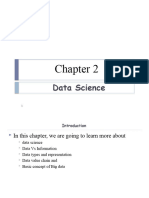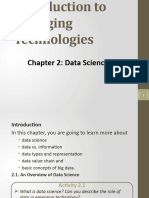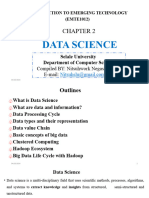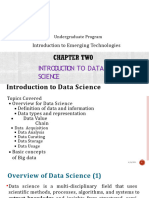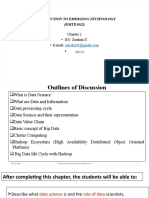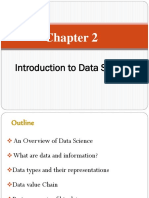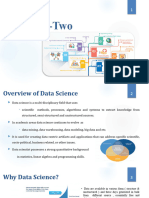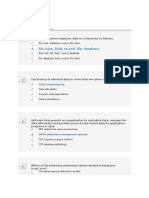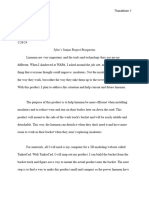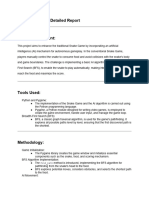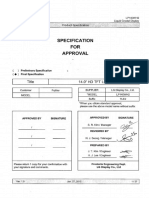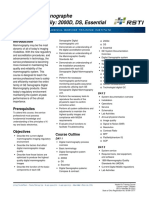0% found this document useful (0 votes)
47 views55 pagesChapter 2 Data Science
....
Uploaded by
NahomCopyright
© © All Rights Reserved
We take content rights seriously. If you suspect this is your content, claim it here.
Available Formats
Download as PPTX, PDF, TXT or read online on Scribd
0% found this document useful (0 votes)
47 views55 pagesChapter 2 Data Science
....
Uploaded by
NahomCopyright
© © All Rights Reserved
We take content rights seriously. If you suspect this is your content, claim it here.
Available Formats
Download as PPTX, PDF, TXT or read online on Scribd
/ 55









